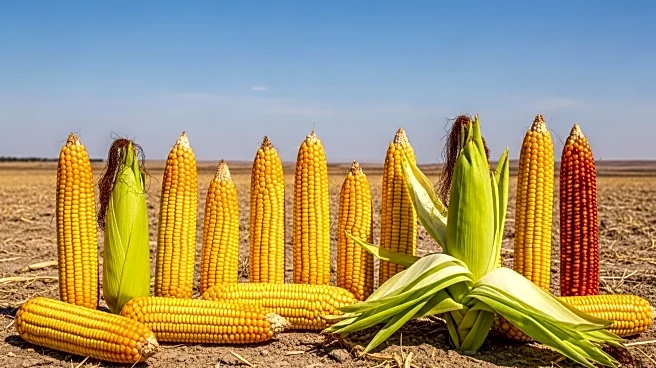What's Happening?
As summer transitions into fall, Wisconsin is showcasing its vibrant autumn colors, encouraging residents and visitors to embark on scenic road trips across the state. The initiative highlights various routes and destinations, from the Apostle Islands National Lakeshore in the north to Devil’s Lake State Park in the south. Each location offers unique experiences, such as hiking trails, waterfalls, and panoramic views of lakes and forests. The campaign aims to attract adventurers seeking to explore the state's natural beauty during the fall season.
Why It's Important?
This promotion of fall road trips in Wisconsin is significant for boosting local tourism and supporting small businesses in the area. By highlighting the state's natural attractions, the initiative encourages travel and exploration, which can lead to increased economic activity in regions dependent on tourism. Additionally, it provides an opportunity for residents and visitors to engage with nature, promoting outdoor activities and wellness. The focus on scenic drives and outdoor adventures aligns with growing trends in travel preferences, emphasizing experiences over traditional tourism.
What's Next?
As the fall season progresses, Wisconsin is likely to see an influx of tourists and locals taking advantage of the road trip opportunities. This could lead to increased business for local hotels, restaurants, and shops, particularly in areas highlighted by the campaign. The state may continue to promote other seasonal attractions, adapting its strategies to maintain interest and engagement throughout the year. Stakeholders, including tourism boards and local businesses, may collaborate to enhance visitor experiences and capitalize on the increased foot traffic.
Beyond the Headlines
The emphasis on fall road trips in Wisconsin also reflects broader cultural trends towards sustainable and eco-friendly travel. By encouraging exploration of natural landscapes, the initiative supports conservation efforts and raises awareness about the importance of preserving these environments. It also highlights the cultural heritage of the state, inviting travelers to discover local traditions and histories. This approach not only benefits the economy but also fosters a deeper connection between people and the natural world.










